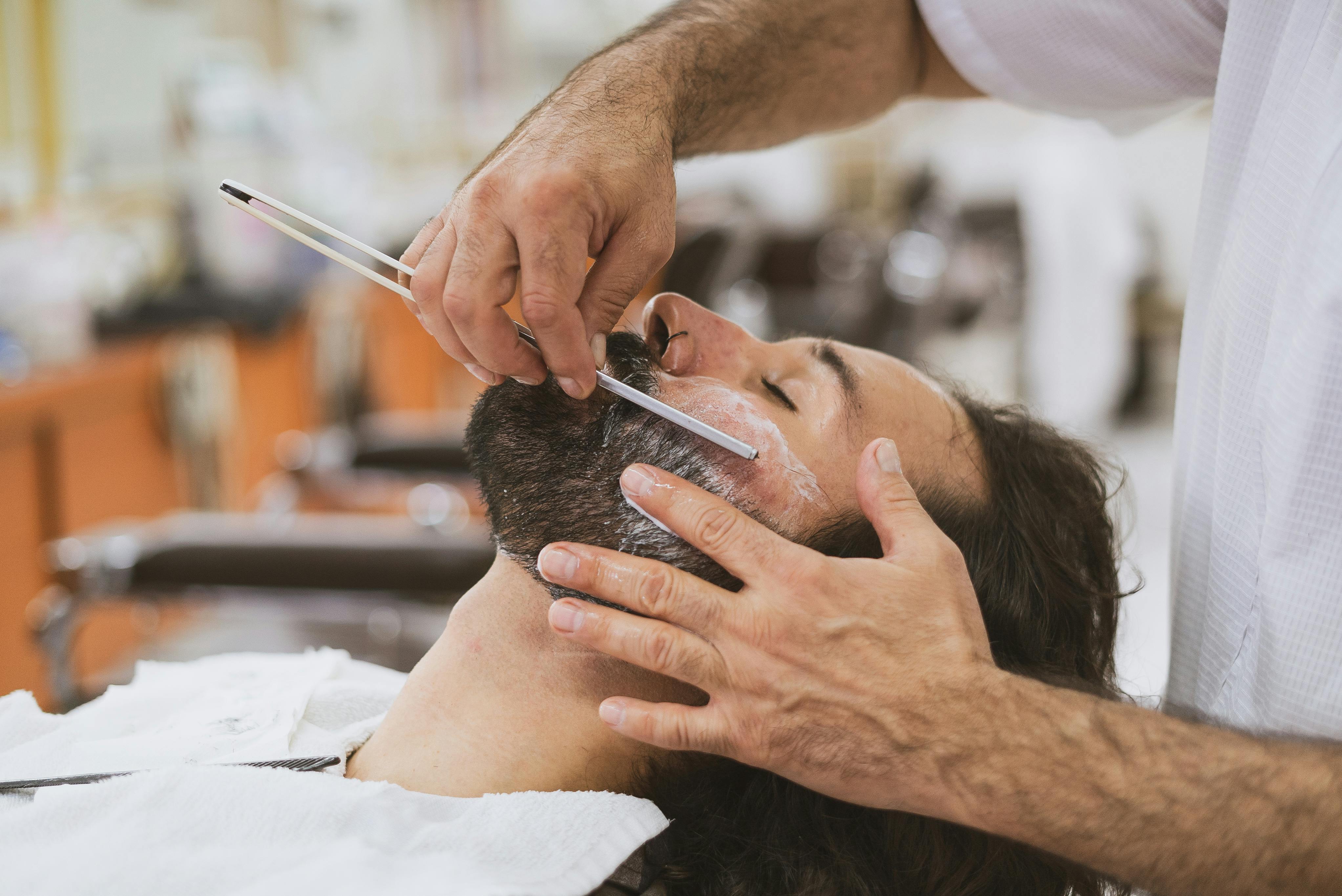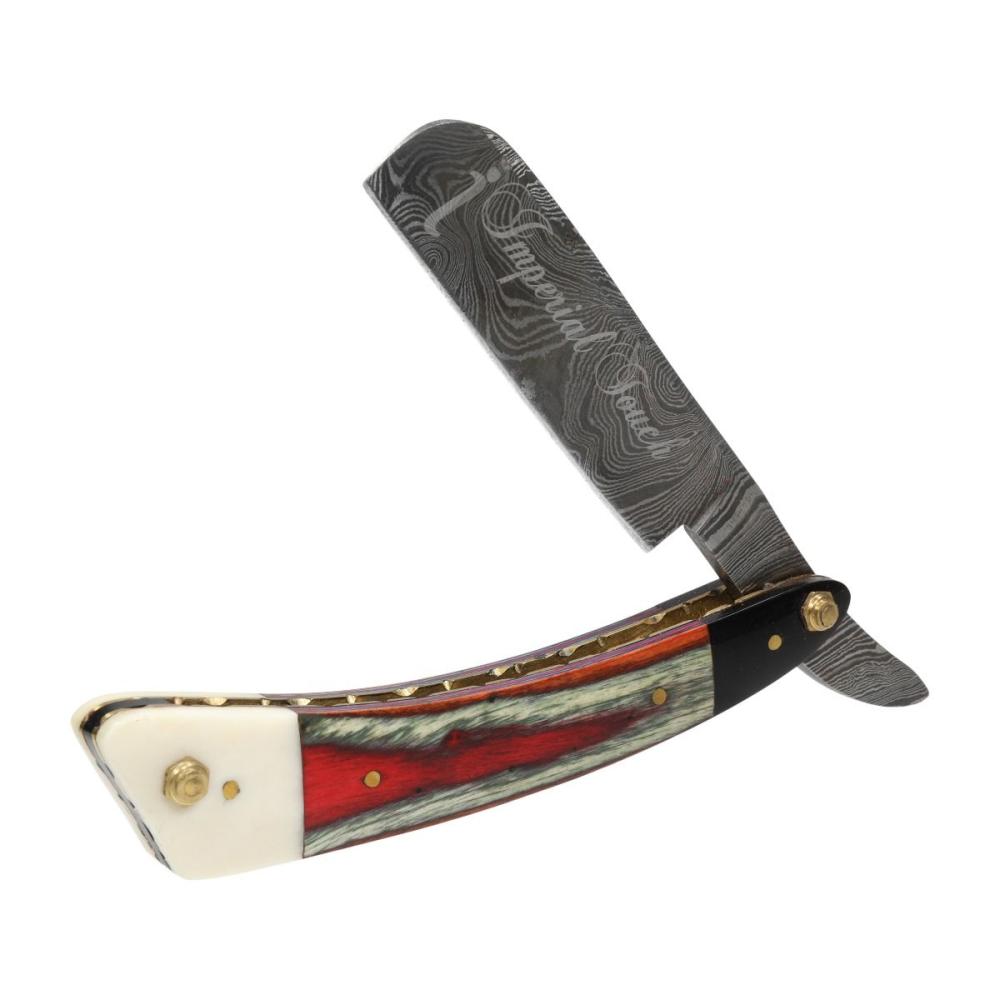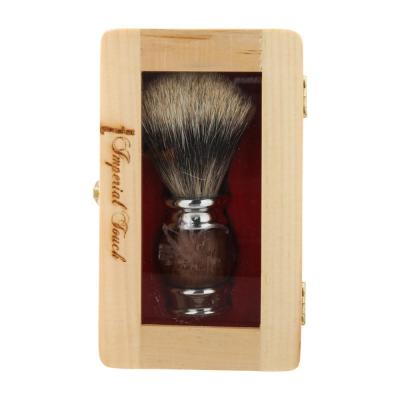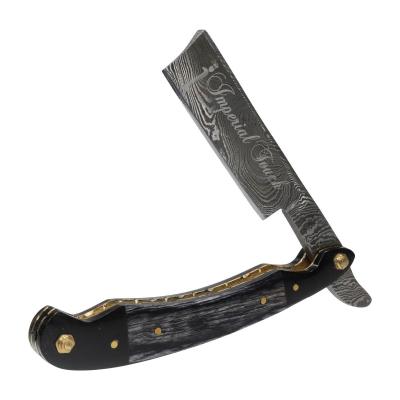The History Of Straight Razor Shaving

The History of Straight Razor Shaving
Straight razor shaving has a rich and fascinating history that spans thousands of years. The earliest known evidence of straight razor-like instruments dates back to ancient civilizations in Egypt, Greece, and Rome. These early razors were made from bronze, copper, and other materials, and were used for both practical and ceremonial purposes.
In ancient Egypt, straight razors were a symbol of wealth and status, and were often decorated with intricate designs and hieroglyphics. Egyptian men would use these razors to shave their heads and bodies, as a sign of cleanliness and purity.
In Europe, straight razors became a staple of men's grooming during the 18th and 19th centuries. Barbers would use straight razors to shave their clients, and the skill of shaving was passed down from generation to generation. The straight razor was an essential tool for any barber, and its use required great skill and precision.
In many cultures, straight razor shaving has been a significant part of traditional grooming practices. In Japan, for example, straight razors are still used today in traditional samurai-style shaving rituals. In India, straight razors are used in traditional barbering practices, and are often passed down from father to son.
The significance of straight razor shaving extends beyond its practical uses. In many cultures, shaving is a ritual that is steeped in tradition and ceremony. The act of shaving can be a meditative and calming experience, and the straight razor is often seen as a symbol of masculinity and sophistication.
Despite the rise of modern razors and shaving technologies, straight razor shaving remains a popular practice among many men today. Its enduring appeal lies in its combination of tradition, craftsmanship, and simplicity. For many men, straight razor shaving is not just about removing hair, but about the experience itself – the feel of the blade gliding across the skin, the sound of the razor being stropped, and the sense of satisfaction that comes from a job well done.
The Evolution of Straight Razors
Over the centuries, straight razors have evolved significantly in terms of design, materials, and craftsmanship. Early straight razors were made from low-carbon steel, which was prone to rust and corrosion. Modern straight razors, on the other hand, are made from high-carbon steel, which is stronger, more durable, and resistant to corrosion.
The design of straight razors has also evolved over time. Early straight razors had straight or slightly curved blades, while modern straight razors often have more complex shapes and designs. The handles of straight razors have also changed, with modern handles often made from materials such as wood, bone, or synthetic materials.
Despite these changes, the fundamental principles of straight razor shaving remain the same. A good straight razor is still one that is sharp, well-balanced, and comfortable to hold. The art of straight razor shaving requires great skill and precision, and is still practiced today by barbers and enthusiasts around the world.
Conclusion
The history of straight razor shaving is a rich and fascinating one, spanning thousands of years and crossing cultural boundaries. From ancient Egypt to modern times, straight razors have played a significant role in men's grooming practices. Whether used for practical or ceremonial purposes, the straight razor remains an iconic symbol of masculinity and sophistication. For those interested in trying straight razor shaving, understanding its history and significance can add depth and appreciation to the experience. Imperial Touch Straight Razors




























